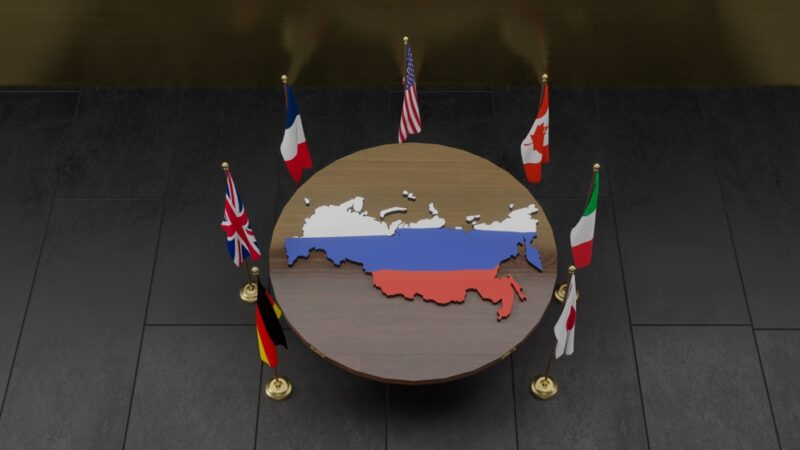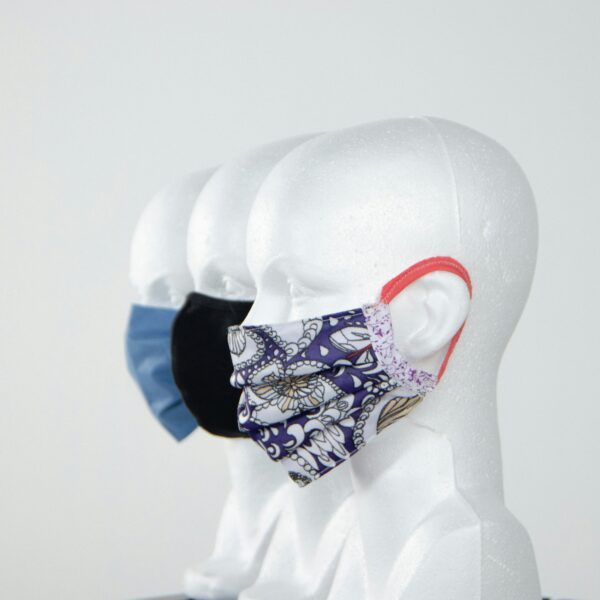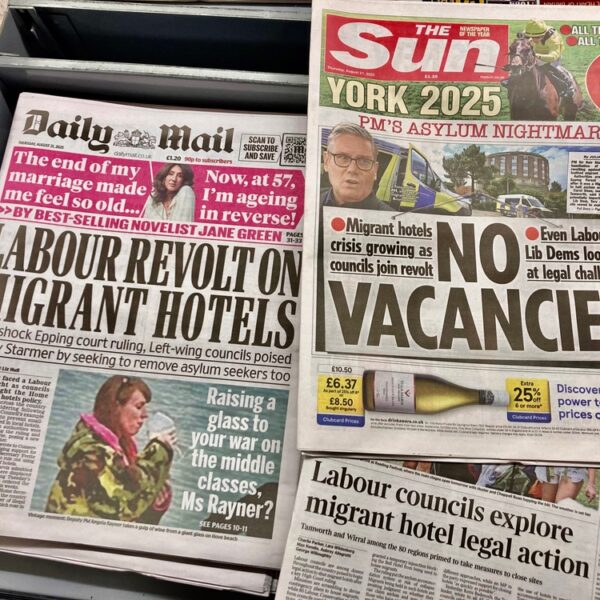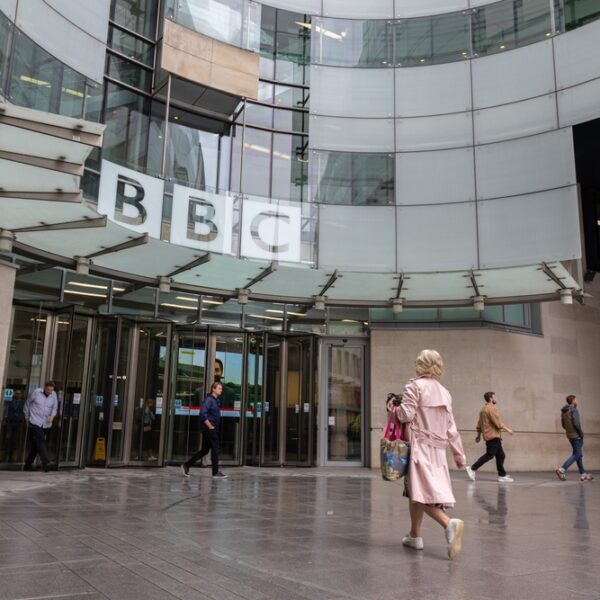Misinformation around Iran protests reflects intentional bias
The entire purpose of our Think sections is to expose media bias. Most of the time, that takes the form of comparing how the political, social and cultural leanings of a publication influence headlines on the same story.
In some instances, though, there are grander implications that are often rooted in total and intentional misinformation in order to push or uphold a geopolitical agenda, entirely invalidating honest, impartial coverage.
It is worth remembering that journalists are supposed to be impartial – they have (or had) the responsibility of being trusted with providing facts as they stand, leaving opinions for the opinion section where they rightly belong.
However, after over two weeks of protests across Iran, the root and reason of these protests has been grossly and deliberately misrepresented by media outlets across the world.
Last week, we exposed how solidarity protests in London were intentionally manipulated through the lens of racial bias. The protests that have been taking place in Iran and across the world have been sparked by the death of 22-year-old Mahsa Amini. She was arrested by Iran’s “morality police” for violating the law that requires women to cover their hair with a hijab, and detains women in detention centres where they “receive “training” on legal hijab dress”. Reports from the Associated Press indicate that her death was caused by “a fracture on her skull due to heavy blows to the head”.
At the time of writing, 133 people in Iran have since died in the country’s ongoing protests, the majority of whom are women and teenage girls. Musicians, lawyers and tech specialists have been arrested in a bid to control the internet and the people’s call for help and support.
International coverage has generally been sparse, and the coverage that does appear is misleading. Below are some of the most misleading headlines to emerge from around the world around the protests, which are a heartbreaking display of how Western international alliances or personal interests have eradicated the integrity of international reporting, and the fight for women’s rights only matters if those interests are directly at stake.
‘Out-of-Reach Dreams’ in a Sickly Economy Provoke the Rage in Iran:
The country’s long economic decline has been one of the main forces sending Iranians into the streets over the past two weeks to demand change
- The downturn of the economy is a long-standing symptom of control under the Regime, but it is not what sparked this revolution – nor is it the reason: the protestors are fighting for the democratic freedom to choose, and for the basic human rights of a woman
Iran’s Crippled Economy Sustains Protests After Religious Police Lit Flame
- see above
The Exiled Dissident Fuelling the Hijab Protests in Iran
- In this profile piece, The New Yorker misprofiled and misquoted Masih Alinejad, writing:
“I’m leading this movement,” the exiled journalist Masih Alinejad said. “The Iranian regime will be brought down by women. I believe this.”
- Alinejad replied to the piece, requesting the correction of her interview:

via Twitter
As well as misquoting and misleading stories, media outlets from the start of the protests to today continue to misrepresent them as ‘anti-hijab’, rather than correctly informing the public they are ‘anti forced / compulsory hijab’. Below is a comparison of two stories, one written two weeks ago (ample time to be corrected) and another just two days ago (sufficient time has passed to be getting this information correct).
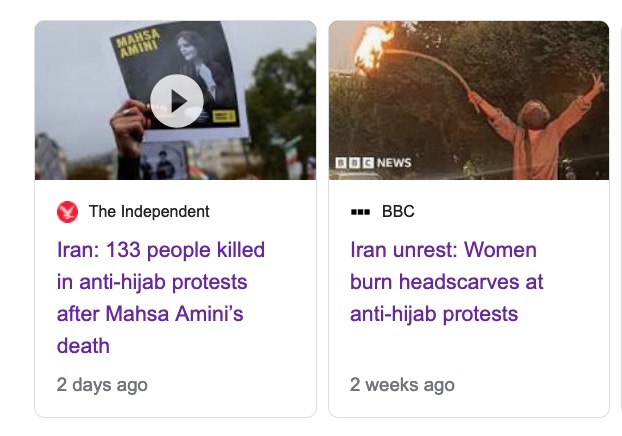
Mainstream media outlets have also been heavily criticised by supporters of this movement for their lack of front-page – or any – coverage of the protests since they began. Iranians outside of the country observed that there was little to no coverage around the protests, or it was buried and misreported in the international sections.
Instagram user Iman Kay compiled the following homepage comparisons of mainstream US and UK outlets on September 30, two weeks after the protests ignited in Iran.
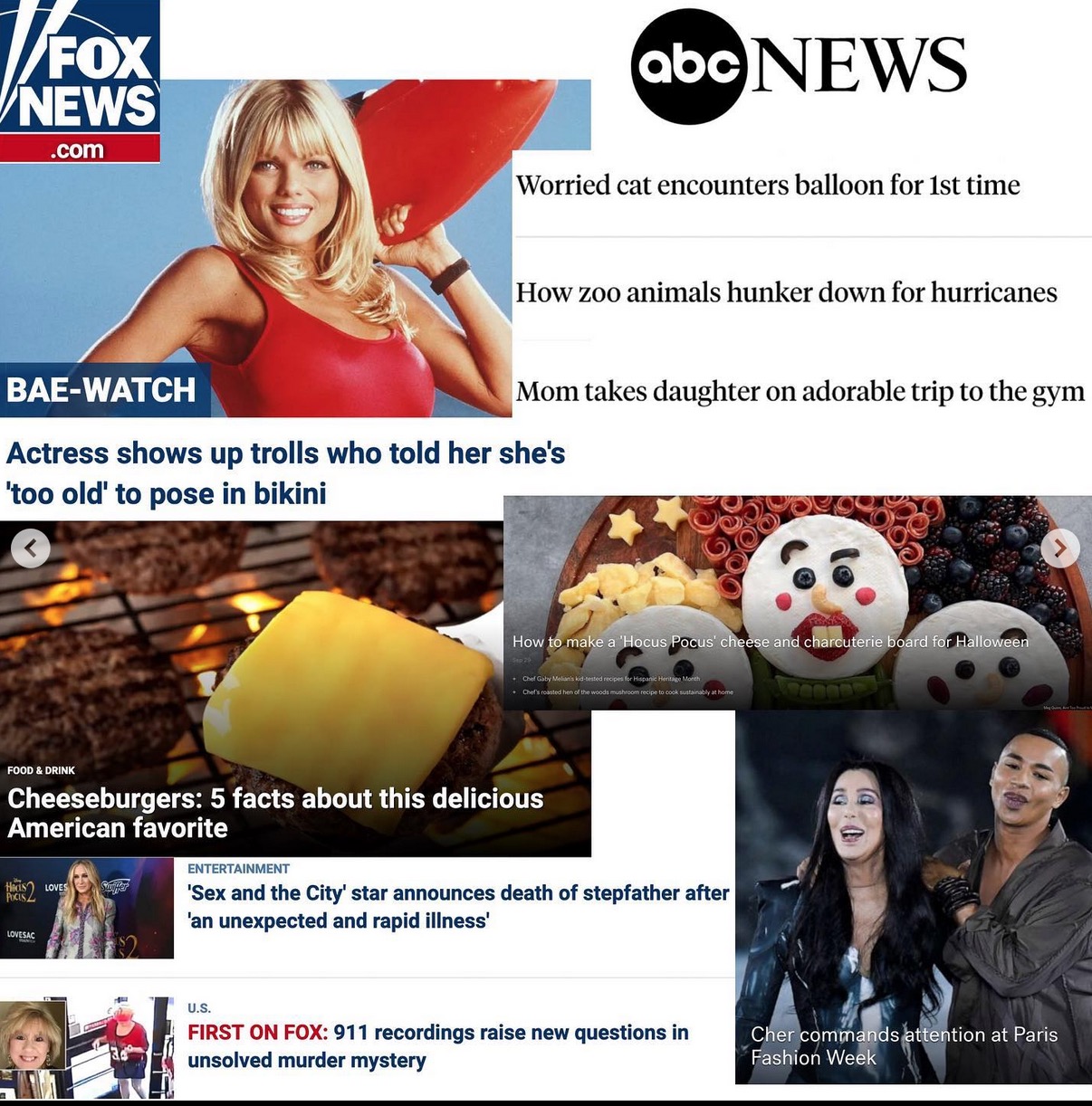
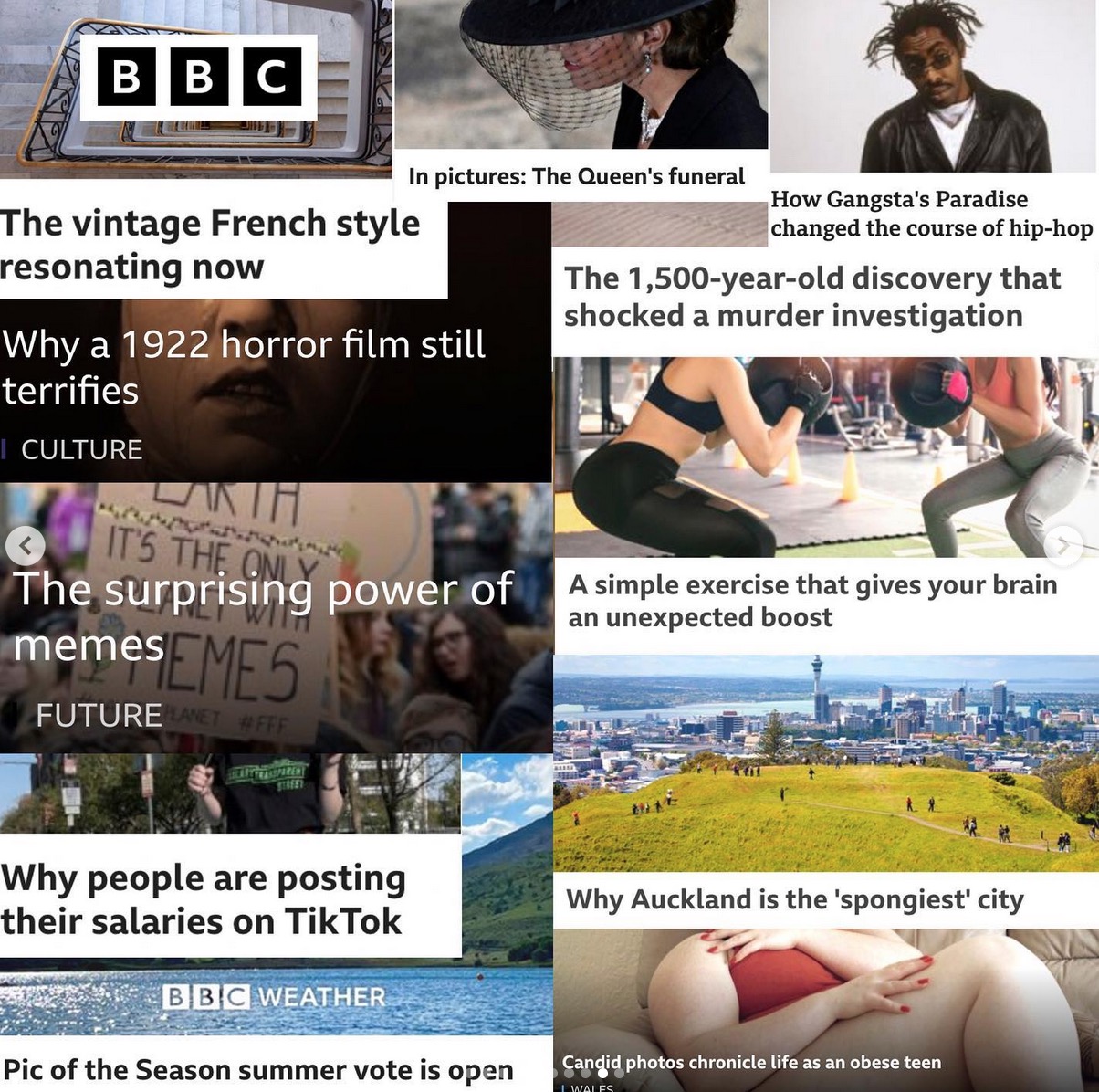
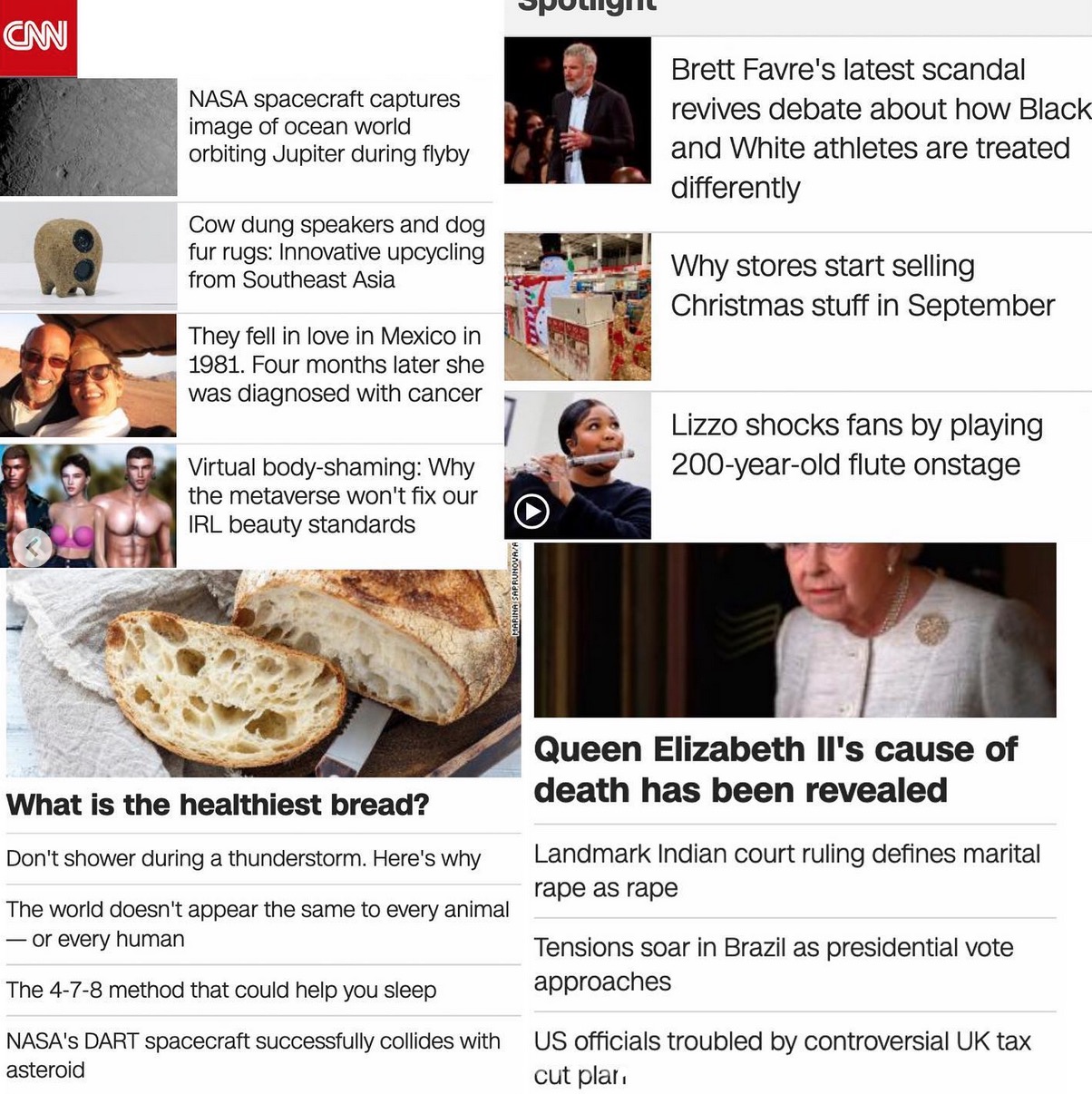
via Instagram.com/iman.kay
There are outlets that are getting it right – but media bias has never been more apparent, particularly in those with the widest, most impactful reach, arguable embedding them with a greater responsibility for impartiality and accuracy.
Instead, people in support of this movement are having to rely on each other to verify information themselves with people on the ground.


